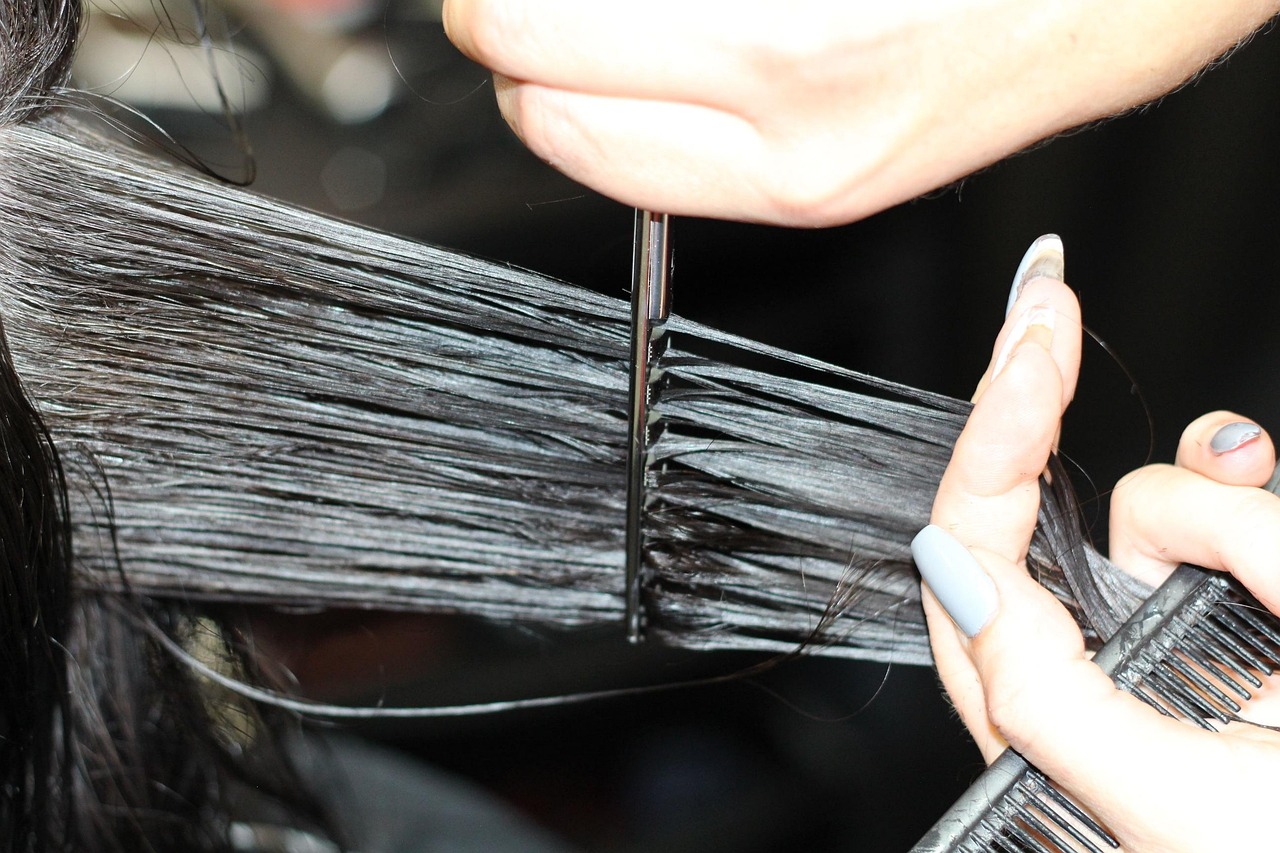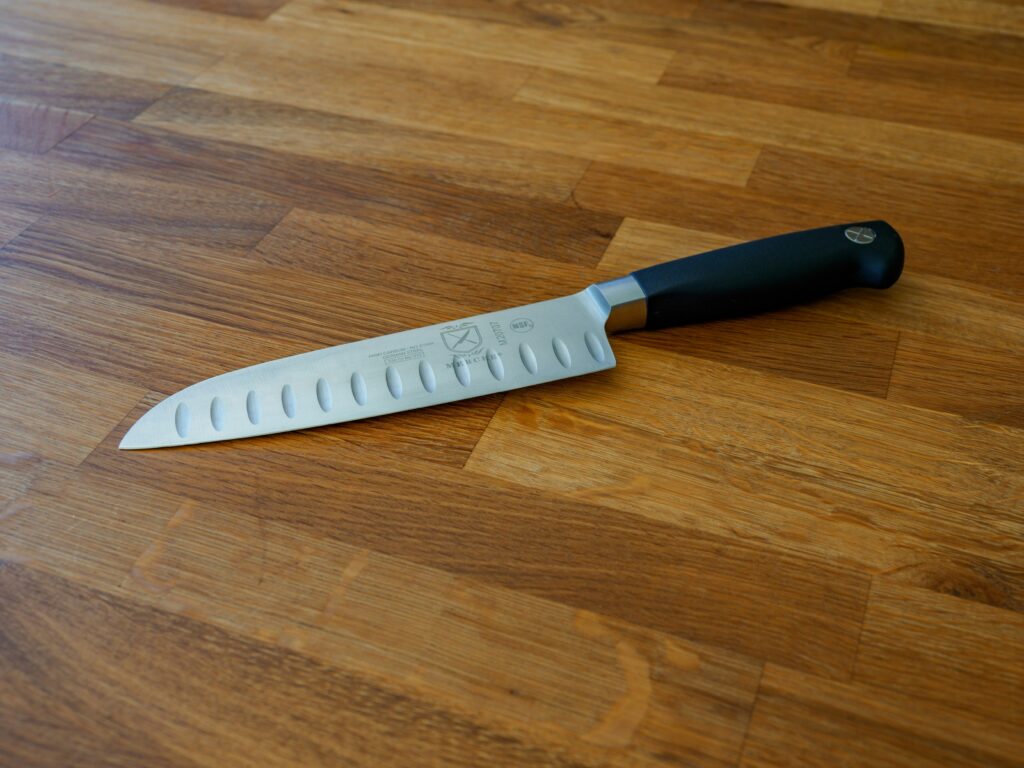Why Knife Skills Still Matter in 2026
Too many cooks are leaning on gadgets, but the truth holds: good knife work is still non negotiable. Master the basics grip, motion, precision and your prep gets faster, your textures improve, and your fingers stay safe. No food processor, smart appliance, or AI recipe tool can replace hands on skill with a blade.
Home cooks often forget that pro kitchens run on fundamentals. Knife skills are foundational. They’re not flashy, but they mean the difference between a rushed meal and confident cooking. Even with all the tech in today’s kitchens, a sharp blade and steady hand are still how the work gets done. If you care about flavor, efficiency, or just not making a mess every time you dice an onion, it’s worth putting in the time to get this right.
Choosing the Right Knife
If you’re serious about cooking, you need three blades no more, no less. First is the chef’s knife. It’s your workhorse. Use it for chopping, slicing, mincing basically 80% of what you do in the kitchen. Next comes the paring knife, a nimble little blade perfect for peeling, trimming, and precision cuts. Last is the serrated knife. Think tomatoes, crusty bread, and anything soft with a tough exterior. That’s all you really need in 2026. Anything else is extra or just clutter.
Material matters. Carbon steel holds a sharper edge, cuts like a dream, and patinas over time. But it rusts if you slack. Stainless steel? Easier upkeep, slightly softer edge. Ceramic? Light and razor sharp, but drop it once, and it’s toast. Choose what fits your pace and how much maintenance you’re willing to handle.
Then there’s the handle. Skip that polished wood that gets slick. What you want is grip. A knife should feel like an extension of your hand not something you constantly adjust mid cut. Fatigue and finger slips happen when you ignore ergonomics. In a fast paced kitchen, comfort isn’t luxury it’s safety.
Holding Your Knife Like a Pro
Your cutting technique starts long before the blade hits the board. It starts with how you hold your knife. The difference between chopping like a beginner and slicing like a pro often comes down to grip.
The pinch grip is king for control. Thumb and index finger pinch the blade just in front of the bolster, while the rest of your fingers wrap the handle. It gives you precision and makes the knife feel like an extension of your arm. This grip is best for most chopping, dicing, and slicing tasks.
The handle grip where you hold the knife entirely by the handle is fine in low stakes situations or if you’re using a smaller blade. Long term, though, it’s less stable and more fatiguing.
Then there’s stance. Stand square to the board, feet shoulder width apart. Lead with your non dominant foot slightly forward. Keep your shoulders relaxed and your cutting board at elbow height. A good setup prevents fatigue and keeps your motion fluid.
Lastly, avoid rookie mistakes. The “choke hold” (grabbing the knife too far up the blade) puts strain on your wrist and wrecks your control. Don’t saw like you’re cutting down a Christmas tree. Let the blade do the work. It’s not about force it’s about finesse.
The Core Techniques: Chop, Dice, Slice

Let’s cut through the confusion. Chopping is the most casual of the bunch quick, irregular cuts mostly used when precision doesn’t matter. Think rough cut carrots in a stew or onions when you’re in a rush. Dicing is more exact. It’s what you do when you need uniform cubes small, medium, or large for even cooking. Perfect for things like bell peppers in a stir fry or potatoes you want to roast evenly.
Mincing is about going fine. Really fine. You’re breaking ingredients down until they almost disappear garlic, fresh herbs, shallots. The goal is max surface area for powerful flavor punch without visible chunks. Slicing? That’s your go to for long, even cuts ideal for proteins, tomatoes, cucumbers, mushrooms. Anything where presentation and structure matter.
When it comes to motion, beginners default to up and down chopping. But there’s a better way. The “rock” motion where the tip of your knife stays in contact with the board while the back lifts and lowers gives you more control and speed. It’s smoother, safer, and far less tiring, especially during bulk prep.
Use the rock motion for things like onions, herbs, anything you need to run through quickly and cleanly. Straight chopping works for firmer items like sweet potatoes or chopping up a bunch of chocolate. Master both, and you’ll get more done in less time with fewer mess ups.
Knife Safety Best Practices
Let’s keep this simple: if you’re not paying attention to knife safety, you’re playing a dangerous game. Rule one learn the claw grip. Tuck your fingertips in and let your knuckles guide the blade. This grip isn’t just for show; it’s your first line of defense between a clean slice and a trip to urgent care.
Next up, stabilize your cutting board. A damp towel or slip mat under the board keeps it from sliding around like a hockey puck. It takes five seconds, and it means less risk with every cut. Bonus: it also improves control and precision.
And don’t ignore your knife’s edge. A dull blade isn’t harmless it’s unpredictable. Instead of slicing clean, it drags and slips, forcing you to push harder. That’s when accidents happen. If it smashes a tomato instead of slicing it or skids off an onion’s skin, it’s time for a sharpening session. Keep your tools sharp, and you’ll stay safer period.
Keeping Your Tools Sharp
A sharp knife doesn’t just cut better it cuts safer. But edge maintenance isn’t about sharpening every time. Most cooks should hone their knives with a rod every 2 3 uses. Honing realigns the edge. It doesn’t shave metal, but it keeps your blade in working shape for longer. When honing doesn’t seem to cut it literally it’s time to sharpen.
Sharpening, the real deal edge resetting, usually needs to happen every few months, depending on use. Home cooks who prep daily might need it quarterly. Those using their knives one or two times a week? Maybe twice a year. Wet stones offer the most control and precision, but they take patience. Electric sharpeners are faster, and newer models are gentler than they used to be solid option for anyone short on time. If you go manual, pull through devices are easy but can eat up your blade faster. Know your tools and your pace.
Proper cleaning is non negotiable: hand wash your knives. Dishwashers wreck edges and handles. Dry them immediately and store them right magnetic strips, blade guards, or a proper knife block. Throwing them loose into a drawer is a fast track to dullness (and accidental cuts). It’s 2026. Treat your knife like the tool it is, not an afterthought.
Bonus: Knife Skills and the Science of Cooking
Uniform cuts aren’t just about looking good on a plate they cook better, too. Vegetables sliced to the same size cook at the same rate. That means no half crunchy, half mush results. Proteins cut evenly sear more reliably, building that rich golden crust instead of a gray, overcooked mess in spots.
Size and surface area affect moisture release, browning, and even flavor absorption. Think of it like this: irregular pieces mean juggling different cooking times while trying not to burn anything. Consistency, on the other hand, makes the whole dish cleaner, both in flavor and in workflow.
Knife skills also prep your ingredients for more advanced techniques, like searing. A properly cut piece of meat uniform thickness, clean edges hits the pan and cooks evenly. That gives you that deep Maillard reaction, the science behind the flavor packed crust. Want to see how knife prep ties into flawless searing? Don’t miss The Science Behind Perfect Searing: Tips for Golden Brown Crusts.
Bottom line: good knife work sets the stage for every move you make in the kitchen. Sharpen your edge, and the rest follows.
Level Up
Knife skills aren’t magic they’re muscle memory. Build control and speed the same way you’d train for anything else: with reps. Start small. Set aside ten minutes a day to slice onions, julienne carrots, or chiffonade herbs. Focus on consistency over speed. Once your cuts look uniform, then pick up the pace. Use a timer if you want to gamify it. Just don’t rush sloppy work. Precision first, then flow.
If you’re getting serious, your tools need to keep up. Dull, cheap knives won’t let you grow. Upgrade when your current blade feels limiting when it sticks to food, struggles with tomatoes, or makes mincing herbs a mash. A quality knife won’t instantly make you a pro, but it will stop holding you back. Look for balance, sharpness that lasts, and materials that suit how often you cook and what you cut.
The small habits are what separate casual cooks from kitchen killers. Wipe your blade between cuts. Keep a damp towel under your cutting board. Reset your grip often. None of it is glamorous, but all of it adds up. Real skill doesn’t come from flashy slices it comes from clean systems, sharp tools, and quiet discipline.
